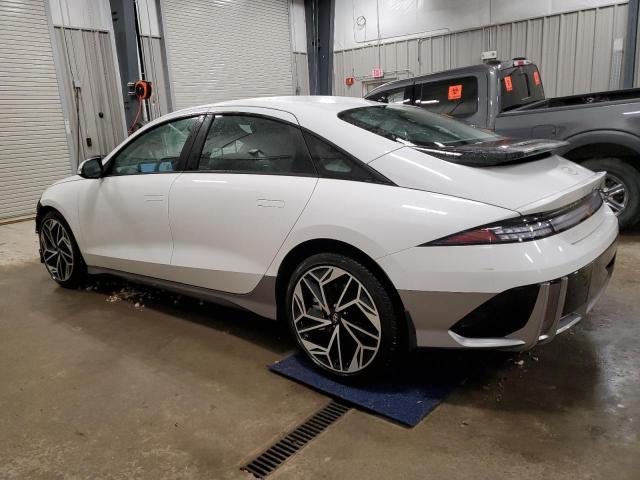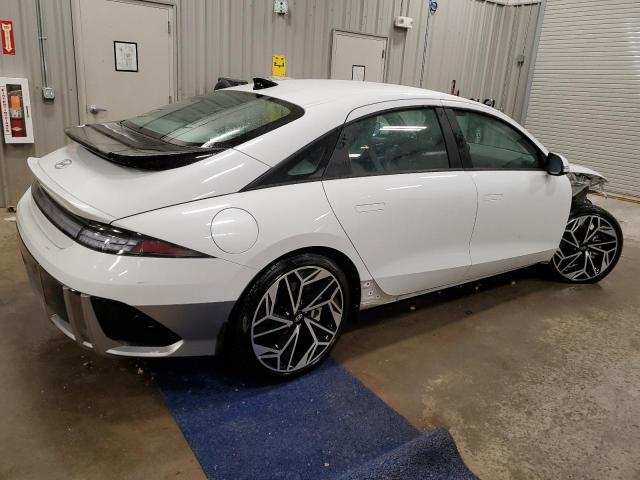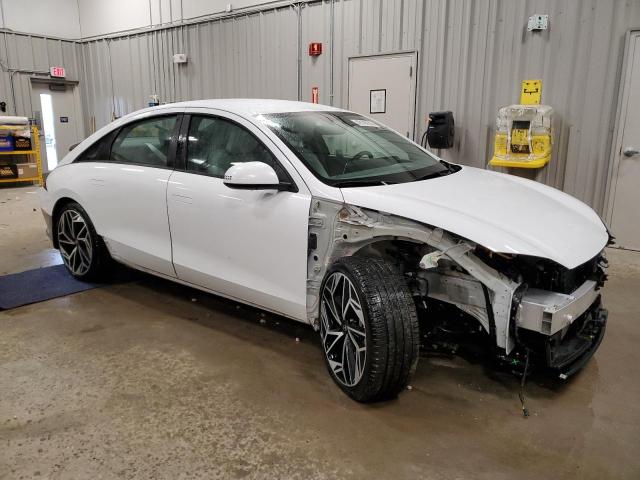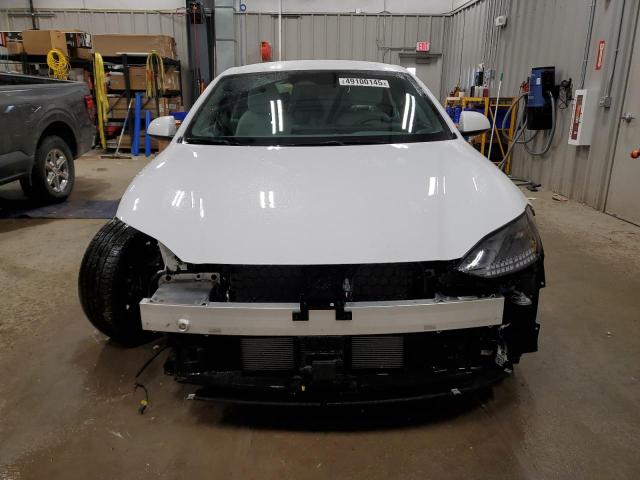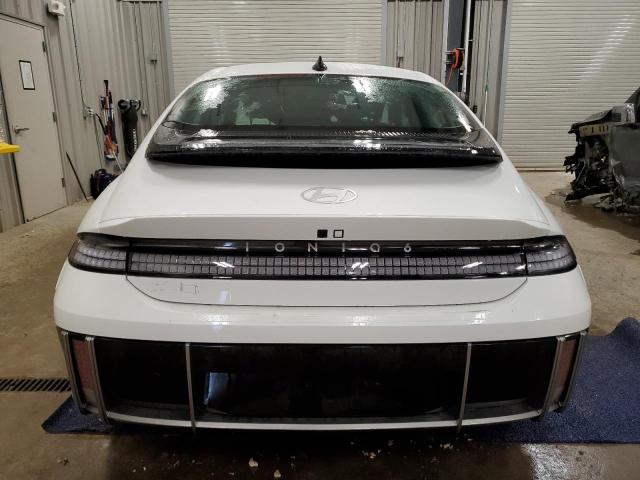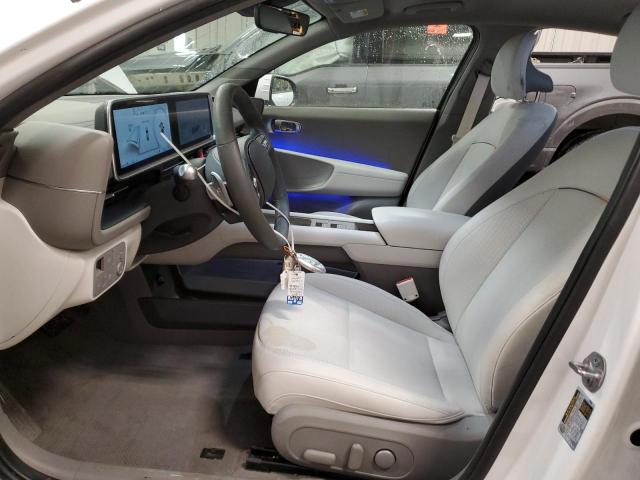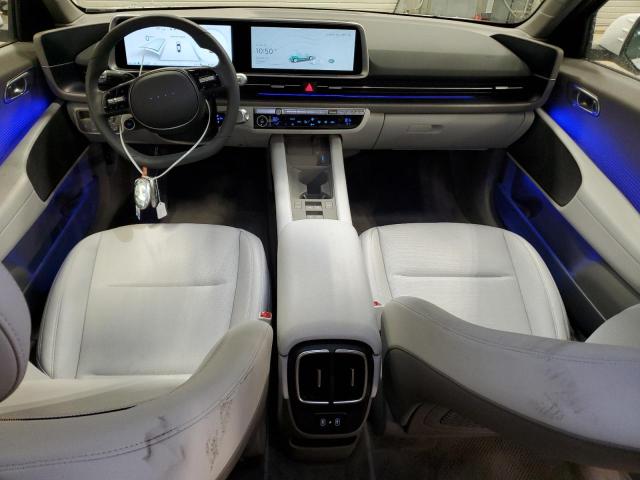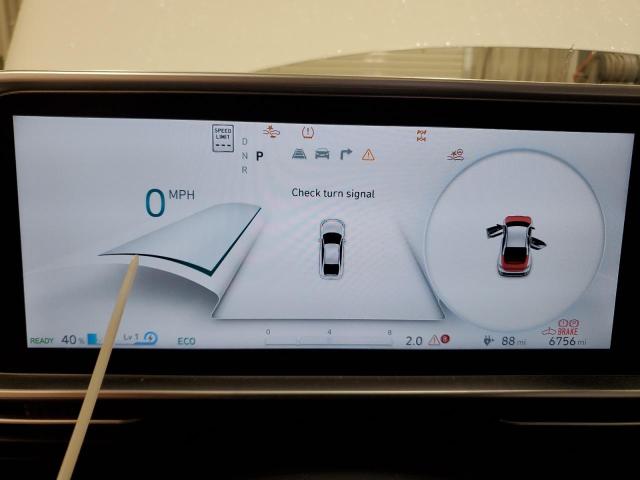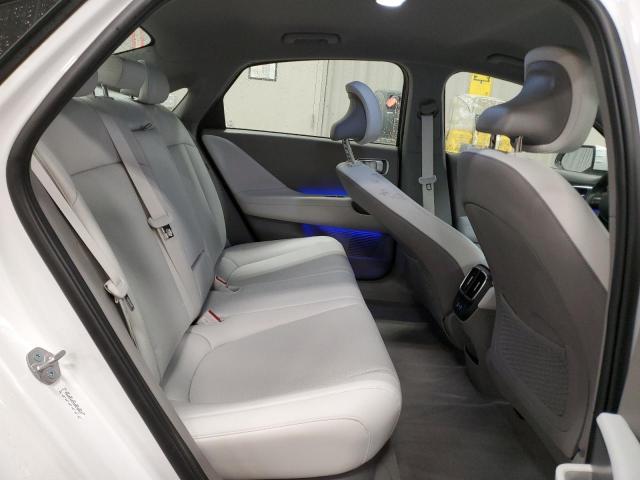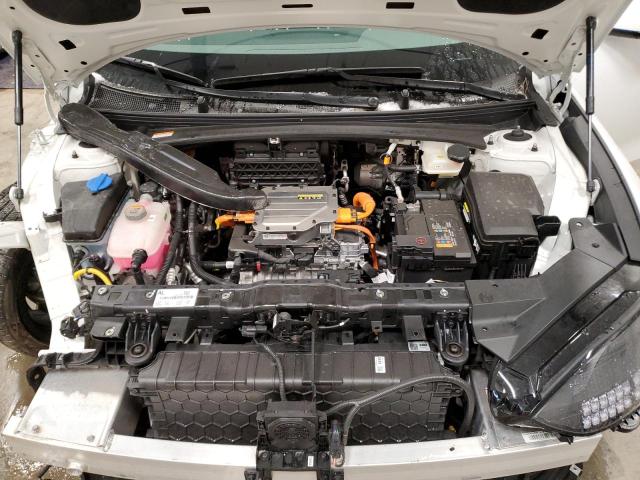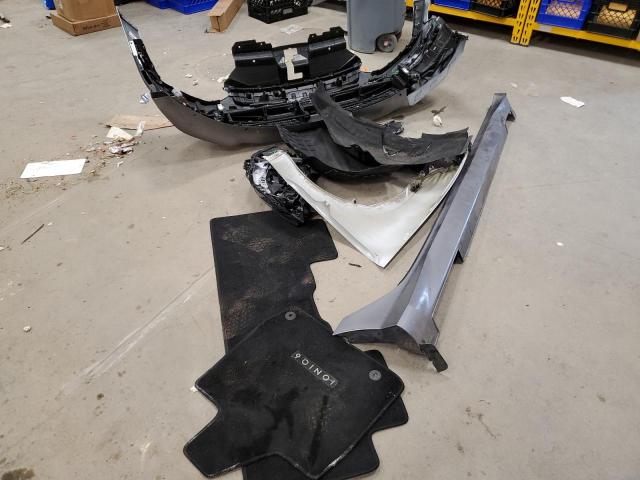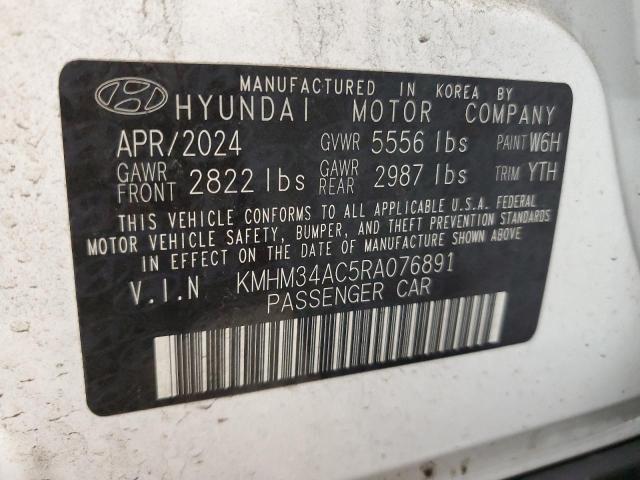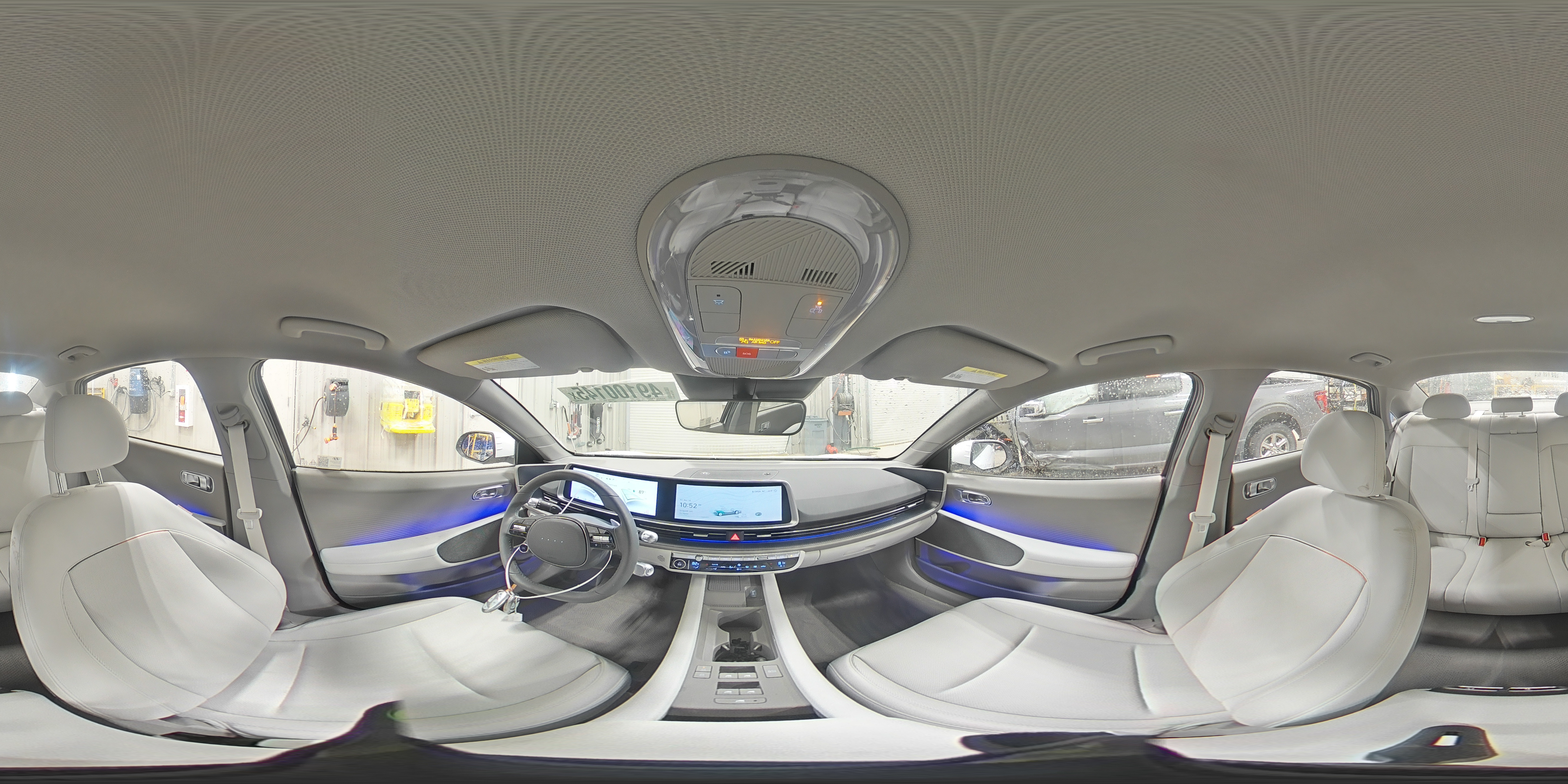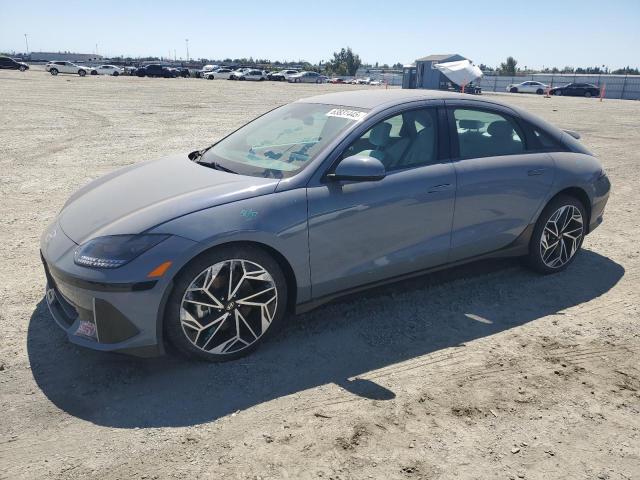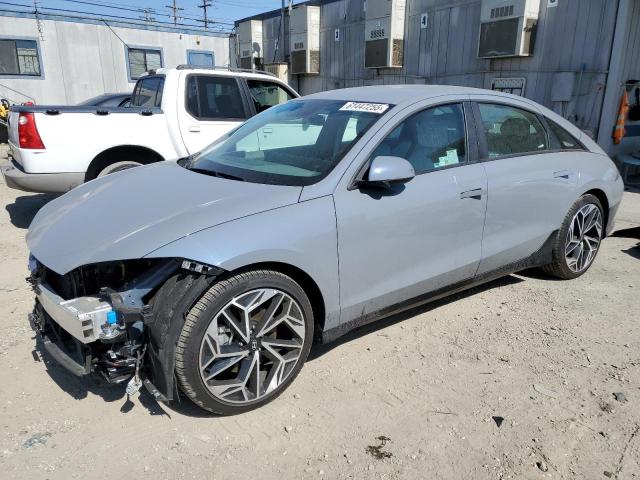2024 HYUNDAI IONIQ 6 | KMHM34AC5RA076891
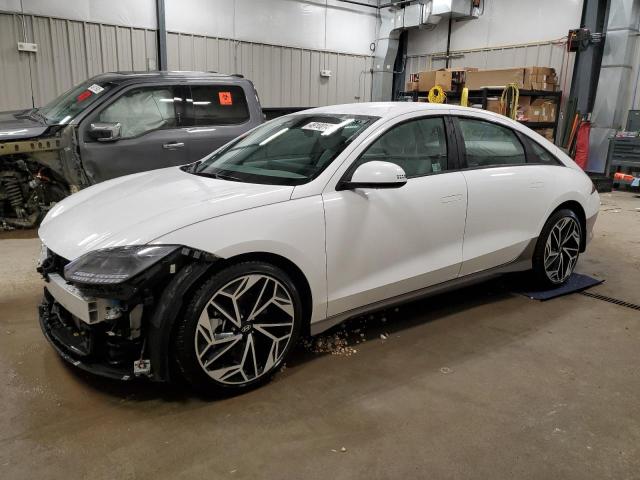 ❯
❯Lot details
- Sale Date2025-05-28
- Lot Number49100145
- ACV37005 $
- Sale documentWY -
- LocationWY - CASPER
- Odometer6,756 miles (10,873 km)
- Primary DamageFRONT END
- SellerState Farm Insurance
Vehicle specifications
7
~$60,000
Engine: Dual electric motors (320 hp combined)
Torque: 605 Nm
0–100 km/h: ~5.1 s
Despite its focus on efficiency, the Ioniq 6 Long Range AWD version impresses with strong torque delivery of 605 Nm and a sprint from 0 to 100 km/h in just over 5 seconds. This level of performance places it on par with several legacy luxury sedans, even though it belongs to a new generation of EVs.
Thanks to the E-GMP platform and a low center of gravity enabled by the underfloor battery pack, the Ioniq 6 handles corners with unexpected confidence. Rear-wheel drive balance in base models is already well-tuned, but the dual-motor AWD variant adds enhanced traction and stability. Regenerative braking can be finely modulated, and the steering response is calibrated for smooth but responsive driving.
Rather than being a traditional sports sedan, the Ioniq 6 is a sleek electric streamliner with sports car aspirations quietly embedded in its character. Its minimalist interior, silent ride, and swift acceleration challenge more expensive EVs like the Polestar 2 or Tesla Model 3 AWD. Hyundai proves that performance doesn't need to be loud—it can be aerodynamic, efficient, and still exciting.
Final Bid Hyundai Ioniq 6 (2024)
$10,200
$12,143
$15,300
Body Styles
The Ioniq 6 is a four-door electric sedan with a fastback silhouette that almost resembles a coupe. Its proportions are low and elongated, with a cab-forward stance, low nose, and gently sloping roofline that gives it a teardrop profile. Despite being a sedan, its aerodynamically optimized body achieves a drag coefficient of just 0.21, thanks to active air flaps, a covered underbody, and a distinctive ducktail-style rear spoiler. It measures approximately 4.86 meters in length, offering a spacious cabin while maintaining sleek proportions.
Model Name Meaning (Manufacturer)
The name "Ioniq" combines “ion” (referring to electric charge) and “unique”, reflecting Hyundai’s intention to define a new sub-brand of innovative electric vehicles. The number “6” signifies the model's placement in the Ioniq series as a midsize offering, following the Ioniq 5 compact crossover.
Model Name Meaning (Languages)
Phonetically, “Ioniq” evokes futuristic and scientific associations, with “ion” clearly tied to electricity and atomic energy. The stylized spelling with a “q” instead of “c” gives it a distinctive brand identity, easily recognizable and globally neutral. The numeral “6” communicates hierarchical placement without translation barriers, making it intuitive for international audiences.
Body & Interior Colors and Rims
The Hyundai Ioniq 6 offers a futuristic and refined palette of body colors that reflect its aerodynamic form and sustainable ethos. Standard finishes like Abyss Black Pearl and Serenity White Pearl are joined by striking options such as Biophilic Blue Pearl and Transmission Blue, each designed to catch light differently depending on viewing angle. Matte finishes, including Gravity Gold Matte and Nocturne Gray Matte, give the vehicle a concept-car appearance rarely seen in its class. These colors are not just aesthetic choices but part of Hyundai’s design strategy to evoke movement and energy even at a standstill.
Inside, the Ioniq 6’s cabin features a soothing and contemporary mix of colors and textures. Warm Gray interiors with Copper accents provide an elegant contrast to darker exteriors, while Dark Gray cabins paired with Midnight Green or Electric Navy create a more immersive, cocoon-like environment. Recycled PET fabric seat coverings, bio-based leather alternatives, and soft-touch recycled materials on the dashboard and doors emphasize both comfort and sustainability. Stitching and ambient lighting subtly highlight the contours of the interior, enhancing the lounge-like atmosphere. Trim elements vary from satin metallic to laser-etched decorative inserts, offering visual rhythm across the minimalist surfaces.
The wheel options further accentuate the streamlined silhouette of the Ioniq 6. Base models ride on 18-inch alloy wheels with a multi-spoke, high-efficiency design aimed at reducing turbulence, while higher trims receive 20-inch aero-optimized rims that blend closed-face turbine styling with geometric motifs. Finishes range from glossy black to diamond-cut aluminum and graphite gray, each chosen to complement specific body colors and enhance the vehicle’s low-slung, dynamic posture.
Top Expensive Options
- Vision Roof (full glass roof): $1,200
- 20-inch Aerodynamic Alloy Wheels: $1,000
- BOSE Premium Audio System: $900
- Digital Side Mirrors (in select markets): $1,400
- Surround View Monitor: $800
- Eco-processed Leather Seats: $1,300
- Remote Smart Parking Assist: $700
- Augmented Reality Head-Up Display: $1,100
- Relaxation Comfort Front Seats: $600
- Dual Color Ambient Lighting Package: $500
vs Competitors
The Ioniq 6 enters a competitive EV sedan segment dominated by the Tesla Model 3, Polestar 2, and BMW i4. While Tesla leads in raw acceleration, the Hyundai counters with superior ride comfort, better perceived build quality, and a longer feature list at a lower price point. Compared to the Polestar 2, the Ioniq 6 offers a quieter cabin and more rear seat space. Against the BMW i4 eDrive40, it sacrifices some badge prestige but undercuts it significantly in cost while offering comparable tech, including ultra-fast 800V charging architecture. Hyundai’s positioning is clear: aerodynamic elegance, real-world efficiency, and a well-equipped interior for value-conscious drivers seeking premium EV design.
Fun Fact
The Ioniq 6's ultra-low drag coefficient of 0.21 makes it one of the most aerodynamic production cars in the world—better than a Porsche Taycan and nearly matching the EV benchmark set by the Mercedes EQS. Its design was heavily influenced by Hyundai’s Prophecy concept, and the entire car was developed with virtual wind tunnel testing to minimize resistance and maximize range.



